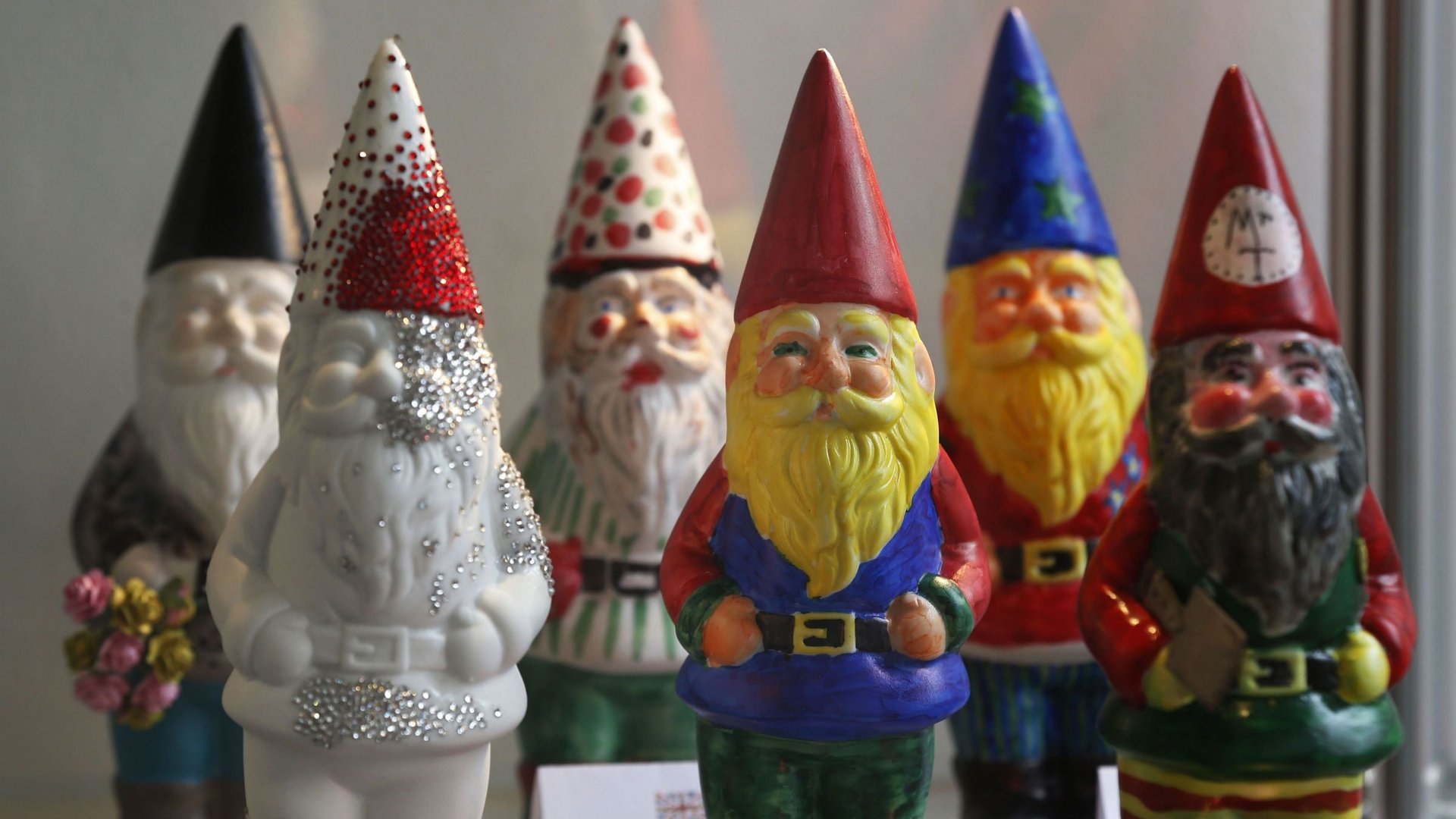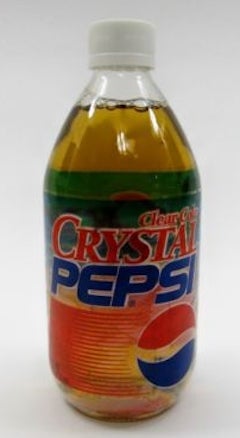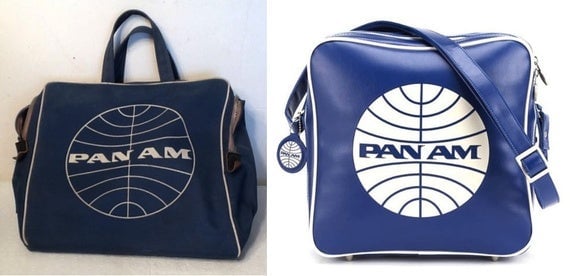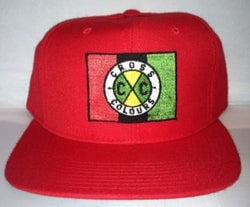Why eBay tells Chinese manufacturers what you’re searching for
In a recent conversation with some colleagues about cool—okay, memorable—things from the early 1990s, our chatter turned, as it does, to Crystal Pepsi,Pocket Rockers, and Cross Colours. All of which you can find on eBay, along with what seems like an infinite number of material portals to another place and time in memory.


In a recent conversation with some colleagues about cool—okay, memorable—things from the early 1990s, our chatter turned, as it does, to Crystal Pepsi,Pocket Rockers, and Cross Colours. All of which you can find on eBay, along with what seems like an infinite number of material portals to another place and time in memory.

Ebay has always been a special kind of nostalgia machine, a rabbit hole where fuzzy memories meet actual physical things from years gone by. Whereas YouTube can verify for you that the weird thing you remember—the jingle from a gum commercial or the opening sequence from an old television show—actually existed, eBay can ship that thing to your house. It’s a marvel of retail matchmaking.
This isn’t pure Internet magic, though it’s felt that way since eBay launched in 1995. These days, people find much of what they’re looking for on the site—and that’s at least in part because eBay shares users’ search data with manufacturers.
“We send [manufacturers] data about what people are looking for on eBay and they respond and turn it around incredibly quickly,” president of eBay Marketplaces Devin Wenig told me. “We have a really big China export business to Europe and the United States. And they respond very, very quickly to consumer taste, whatever it might be. It’s really remarkable to see how quickly the manufacturing base adapts to the demand signals they get.”
In other words, that red wool-blend Cross Colours hat on eBay might not be the relic from 1989 it appears to be, but instead a newly manufactured replica. (It is, of course, against eBay’s policy to sell counterfeit items.) Yes, there’s a huge and thriving “new vintage” manufacturing sector built around—and tailored to— your online searches. It’s why, for instance, you can find something like an original 1960s-era Pan Am tote bag, and its new “vintage style” counterpart.

For eBay, sharing people’s search terms with manufacturers is revolutionizing the way it does business. Exporters in China have found a huge opportunity to cater to US buyers on the site, especially those shopping for clothing and accessories, cell phones, jewelry, computers, and other consumer electronics, according to data from eBay that outlines sales revenue among Chinese exporters who used the site last year.
China does the most eBay business exporting to the United States—then to United Kingdom, Australia, and Germany. And eBay trade routes flow into China, too. Buyers there were especially big on collectibles items like military pieces and toys last year, an eBay spokeswoman told me. Wenig says advances in data analysis and mobile technology are the twin forces that have done more to change global digital commerce in the past two years than anything else before in eBay’s 19-year history.
And this sort of data sharing is part of a larger push by eBay to encourage cross-border trade—in China and all over the world. Through new translation efforts that show listings in a variety of languages, the company has seen huge growth in emerging markets like Russia. (“Besides digging out the popular merchandise in different markets through big data analysis,” an eBay spokeswoman told me. “We also help sellers catch the mobile commerce trends, cooperate with third party partners to promote warehouse adoption, initiate creative logistic solutions, provide micro-credit service, etc.”)
And yet the market for new things that look old has been around forever. The sharing of search data just makes an already narrow manufacturing practice even more targeted. “It’s very niche-oriented but anyone who’s crafting something to look like someone else, they’re going to be niche,” said Marie Keep, managing director of the New England auction house Skinner, Inc. “They must be agile and nimble enough to follow what’s going on. It’s a margin of profit and people find margins in different places. Business has always operated on whatever margin they have, whatever comfort-level they have. They will figure out an industry in order to capitalize on it.”

The marketplace for nostalgia is, of course, not confined to eBay. And incidentally, Cross Colours announced this year it is reviving its brand, citing “the current resurgence” of 1990s fashion and music—along with a “demand for streetwear with authenticity.” Which raises an interesting question about what people are really looking for when they search for products online.
Mere proof that the thing exists? A way to get their hands on the original? Or to buy an echo of the original—something that looks familiar but is actually a newly-made imitation? Find anything on the Internet these days and you can almost always figure out a way to buy it. But at a time when so many products are just a few clicks away, and as manufacturers are spinning goods out of online searches, the way we assign value to goods may begin to shift in response.
“It does raise questions about authenticity and it raises questions about gratification,” Keep told me.”Am I going to be gratified by something that just passes? Or by looking at something that is right in every sense of the word: material, history, craftsmanship, and being hand-produced, not just mass produced? People are looking at things more carefully these days.”